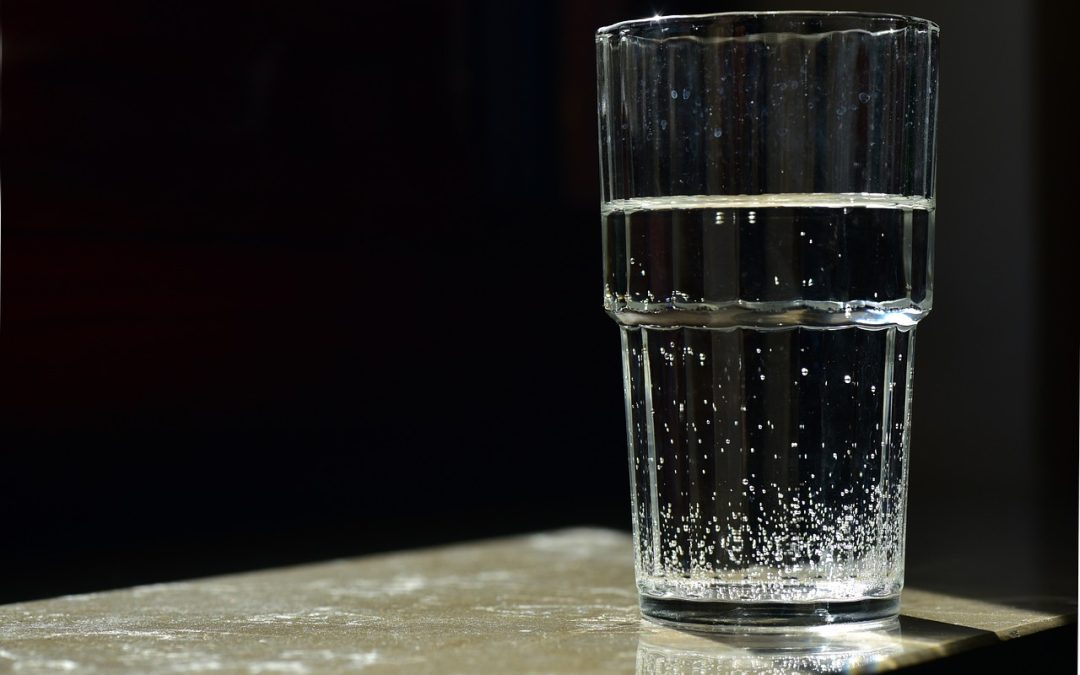The water in Richardson, Texas meets or exceeds all state and federal requirements for water quality and is safe to drink according to the U.S. Environmental Protection Agency (EPA). Richardson’s water was also given a superior rating by the Texas Commission on Environmental Quality (TCEQ).
Richardson’s water is derived from a host of factors and filtering procedures, primarily surface water from rivers, lakes, streams, ponds, reservoirs, springs and wells. The main source for Richardson’s water is purchased for treatment from the North Texas Municipal Water District (NTMWD), which has water rights from Lake Lavon, Lake Chapman, Lake Texoma and Lake Tawakoni.
With those sources come contaminants that need to be reduced or altogether eliminated. From viruses to bacteria and pesticides to radioactive materials, there is much to be concerned about.
Public water and bottled water are governed by different entities as the U.S. EPA regulates water provided by public water systems while the Food and Drug Administration (FDA) establishes regulations for bottled water.
In a recent assessment of the Richardson water sources, the TCEQ concluded that the water is susceptible to particular contaminants and infants, some elderly, or immunocompromised are at risk.
During the treatment process, Chlorine is used as a strong disinfectant. Chlorine also aids in odor reduction during times of algal blooms, which is a natural event that occurs during the summer. During that bloom, there is an increase in water temperature and due to the lack of turbidity (cloudiness), photosynthesis will occur providing the right environment for algae to reproduce. Despite the bloom, it doesn’t affect the quality of the water.
Lead, in particular, is one serious threat to human health and can leak into water lines from service lines and home plumbing. One remedy to protect yourself against potential lead is flushing your tap for 30 seconds to two minutes before using water for drinking or cooking. If you’re concerned about your water, getting it tested is always recommended.
The water has also been tested for Cryptosporidium, which is a microscopic parasite affecting the digestive tracts of humans and animals, the past few years.
Below are some of the contaminants that were tested in the Richardson water supply and none of them reached the maximum threshold.
- Antimony and Beryllium are derived from the discharge of petroleum refineries, fire retardants, ceramics and electronics.
- Atrazine is derived from the runoff from herbicide used on row crops.
- Arsenic, Barium and Selenium come from the discharge of drilling wastes, the discharge from metal refineries and the erosion of natural deposits.
- Fluoride is a result of erosion of natural deposits while also being a water additive that promotes strong teeth as well as a discharge from fertilizer and aluminum factories.
- Nitrate and Nitrite are from the runoff from fertilizer use, the leaching from septic tanks and sewage, and erosion of natural deposits.
- Gross Beta and photon emitters are the decay of natural and man-made deposits.
- Combined Radium and Uranium are derived from the erosion of natural deposits.
- Chromium is produced from the discharge from steel and pulp mills as well as the erosion of natural deposits.
- Total Trihalomethanes, Chloramines, Bromate, TTHM (Total Trihalomethanes) and Haloacetic Acids are a by-product of drinking water chlorination.
- Copper and Lead are the corrosion of household plumbing systems, the corrosion of natural deposits and the leaching from wood preservatives.
- Turbidity, which is a measurement of the cloudiness of the water caused by suspended particles, comes from soil runoff and may indicate the presence of disease-causing organisms that can cause nausea, cramps, diarrhea and associated headaches.
- Total Coliform bacteria are used as indicators of microbial contamination of drinking water because testing for them is easy. While not disease-causing organisms themselves, they are often found in association with other microbes that are capable of causing disease.
- Calcium, Chloride, Magnesium, Manganese, Sodium and Sulfate are all abundant naturally-occurring elements.
Solutions
There are several methods to neutralize and eliminate these potential threats thanks to Basin Water Solutions.
Your first option is a Whole House Water Filtration system and water softeners, which filter out and lessen the hardness of water. Measured in grains per gallon (GPG), hardness refers to the amount of dissolved magnesium and calcium in your water. Anything above 3 GPG is considered harmful to the home plumbing, appliances, water heaters, and fixtures. Furthermore, Chloramines are common disinfectants for drinking water, especially in industrial water. Water softeners will properly balance out the minerals and you won’t have to worry about Chloramines.
Basin Water Solutions also offers Water Treatment and Commercial Water Treatment that uses the latest integrated technologies to effectively remove iron, calcium, manganese, arsenic, heavy metal, fluoride, sulfide, nitrate and many other contaminants from water sources.
Finally, Reverse Osmosis can filter your water by getting tap water across a semipermeable membrane in order to get rid of any impurities that may be in the water. Furthermore, the process gets rid of salt and other inorganic solids by removing them from the solution. Chloramine, chlorine, fluoride, pesticides, nitrates, sulfates and others are removed via Reverse Osmosis.
These methods are great options to clean and purify your water. Basin Water Solutions can install, repair, and maintain these systems with superior customer service.

